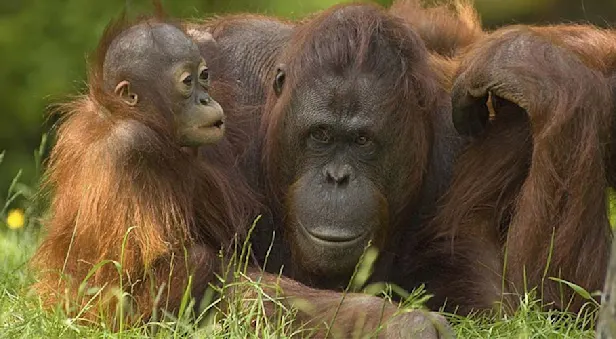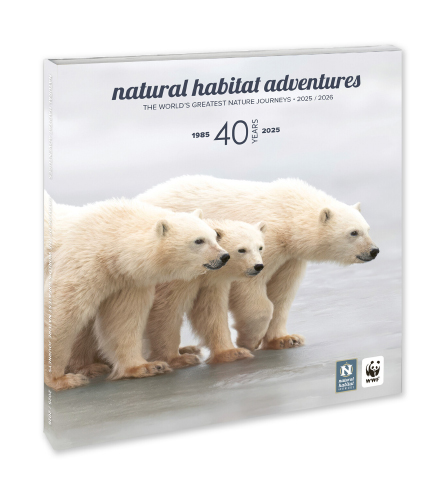Know Before You Go
Sri Lankan Elephant Facts | Sri Lanka Wildlife Guide
Elephants are inseparable from Sri Lankan culture. They are present at most religious ceremonies, they are featured prominently in traditional arts and crafts, and they have long done the heavy lifting in the forestry sector. Wild elephants on the island also play an important role in keeping forests healthy and drawing tourists who are critical to the rebuilding of the economy after the civil war. However, as forests on the island get increasingly fragmented, elephants are coming into conflict with farmers. They raid crops for an easy meal and continue to follow ancient migration routes that now pass through villages. These conflicts often result in the death of the elephant.
The Sri Lankan elephant is considered by some to be a separate subspecies of the Asian elephant, being larger and darker than elsewhere. Most of the males lack tusks; these individuals are called “aliya.” It is likely that poaching has caused a reduction in the size of the tusks, or elimination of tusks altogether, as males with smaller tusks were more likely to survive and pass on their genes.
The easiest way to distinguish Asian from African elephants is by looking at the ears. Asian elephants have much smaller ears than African elephants. Asian elephants are also smaller overall than their African counterparts, growing to around 7 to 12 feet in height and weighing between 6,500 and 11,000 pounds. Another difference is that they have two bulges on their foreheads rather than the flat forehead found on African elephants.
Elephants live on average for 60 years in the wild and 80 in captivity. They eat 10% of their body weight each day, which for adults is between 375 and 450 pounds of food. They need 21 to 53 gallons of water a day and use more for bathing. They sometimes scrape the soil for minerals.
See Asia's Elephants on These Nature Safaris

The Wilds of Borneo: Orangutans & Beyond
Plumb some of the world’s oldest and tallest rainforests in search of wild orangutans and other jungle wildlife among diverse ecosystems on this matchless tropical nature adventure.
























